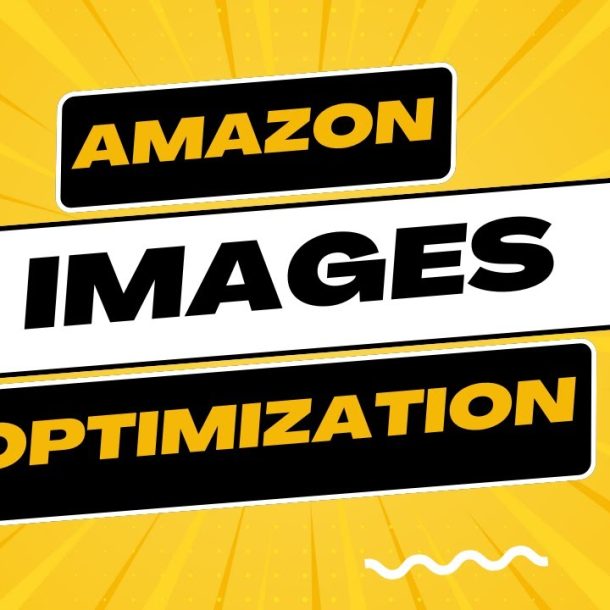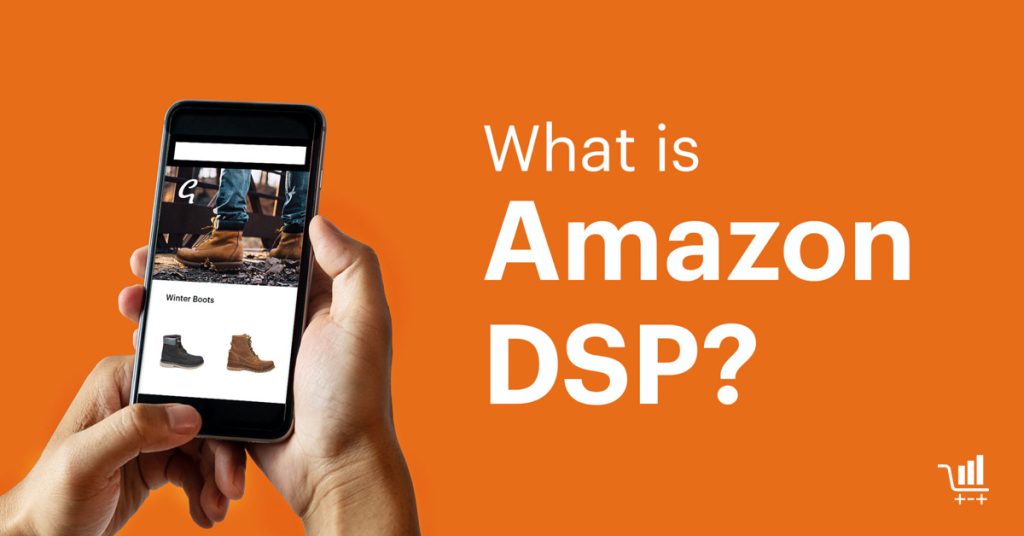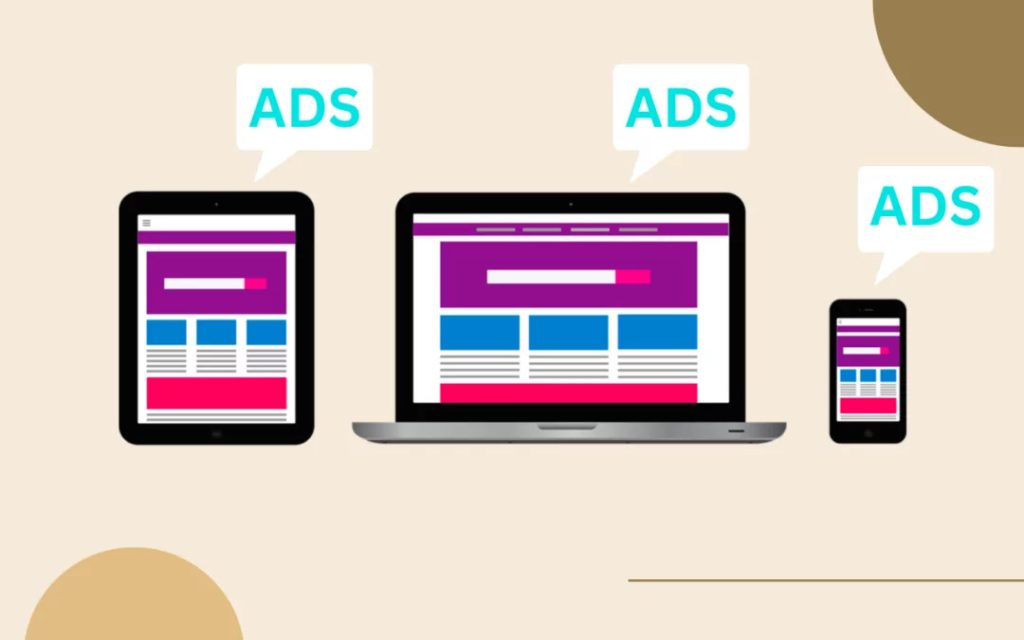
Amazon DSP: How Display Advertising Can Complement PPC
In the rapidly evolving landscape of e-commerce, having a robust advertising strategy is crucial for businesses selling on Amazon. While many sellers focus solely on pay-per-click (PPC) campaigns through Amazon’s advertising platform, Amazon’s Demand-Side Platform (DSP) offers a powerful complementary tool to broaden your advertising reach. By understanding how Amazon DSP works and how it can complement your PPC efforts, you can unlock new levels of visibility and sales growth.

What Is Amazon DSP?
Amazon DSP is a demand-side platform that allows advertisers to programmatically buy video, display, and audio ads, both on and off Amazon. This platform gives you access to Amazon’s audience data, enabling highly targeted advertising across various websites, apps, and video content. Unlike PPC, where you bid on keywords, DSP focuses on audience targeting based on shopping behaviors, demographics, and interests.
Through Amazon DSP, brands can retarget users who have previously viewed or purchased their products or reach new potential customers based on detailed audience segmentation. This opens the door to enhanced brand visibility even outside the Amazon ecosystem, providing a more holistic approach to digital advertising.
How Amazon DSP Complements PPC
Broader Audience Reach: While PPC campaigns focus on specific keywords within the Amazon marketplace, Amazon DSP allows you to expand your reach beyond those searching for products directly on Amazon. You can serve display ads to customers on other websites, apps, and devices, reinforcing brand awareness and keeping your products top of mind as potential customers browse the web. This is especially useful for retargeting shoppers who have visited your product pages but haven’t yet made a purchase.
Targeting Precision: PPC targets keywords, whereas DSP focuses on user behavior. Amazon DSP leverages Amazon’s vast pool of first-party customer data, enabling you to create audience segments based on factors like past purchases, browsing history, and even lifestyle preferences. This gives you the ability to deliver highly relevant ads, increasing the likelihood of conversions. In contrast, PPC campaigns often rely on users typing in specific search terms, which can be limiting when you’re trying to reach a broader or more passive audience.
Cross-Channel Engagement: A key advantage of Amazon DSP is its ability to serve ads across a variety of platforms, including mobile apps, video content, and connected TV (CTV). This level of cross-channel engagement can help build your brand beyond Amazon’s marketplace, bringing new users into your sales funnel. By combining PPC for high-intent searchers and DSP for broader audience engagement, you’re ensuring that your brand is visible at multiple stages of the buyer’s journey.
Improved Retargeting Opportunities: One of the most valuable features of Amazon DSP is its ability to retarget customers who have shown interest in your products but have not converted. While PPC can help bring users to your product pages, DSP ads remind them of your products after they leave Amazon. Retargeting through DSP keeps your brand in front of potential customers across the web, increasing the likelihood that they will return and complete a purchase.
Enhanced Brand Awareness and Recall: PPC is excellent for targeting buyers in the final stages of their purchase decision, but it may not effectively build brand awareness in the earlier stages of the sales funnel. Amazon DSP fills this gap by serving display ads to shoppers who may not yet be familiar with your brand. By using DSP alongside PPC, you can cultivate brand recall over time, ensuring that when consumers are ready to make a purchase, your brand is the first that comes to mind.

Measuring Success: Combining DSP and PPC
To maximize the effectiveness of both PPC and DSP, it’s essential to track key performance indicators (KPIs) like impressions, click-through rates (CTR), and conversions. While PPC campaigns provide immediate results by showing ads to high-intent shoppers, DSP campaigns can be measured by brand awareness metrics such as increased site traffic, product views, and overall brand engagement.
When integrated properly, DSP and PPC can create a powerful feedback loop: PPC helps you capture active shoppers, while DSP nurtures potential customers and amplifies your brand. Monitoring your performance across both platforms allows you to adjust your campaigns for optimal results, helping you achieve your sales and marketing goals.

Conclusion: A Holistic Approach to Amazon Advertising
Amazon DSP offers an invaluable complement to PPC, enabling sellers to reach a broader, more targeted audience across the web and drive greater brand awareness and engagement. When used together, PPC and DSP can create a more comprehensive and effective advertising strategy, ensuring that you not only capture high-intent shoppers on Amazon but also build lasting relationships with a wider audience.
For sellers serious about scaling their businesses on Amazon, integrating Amazon DSP into your advertising toolkit is a game changer. By leveraging both PPC and DSP, you can optimize your reach, improve conversions, and strengthen your brand’s presence in an increasingly competitive marketplace.
By focusing on the power of Amazon DSP to complement PPC, you can help clients take their advertising strategies to the next level. Integrating both tools will not only drive immediate sales but also foster long-term brand growth.













